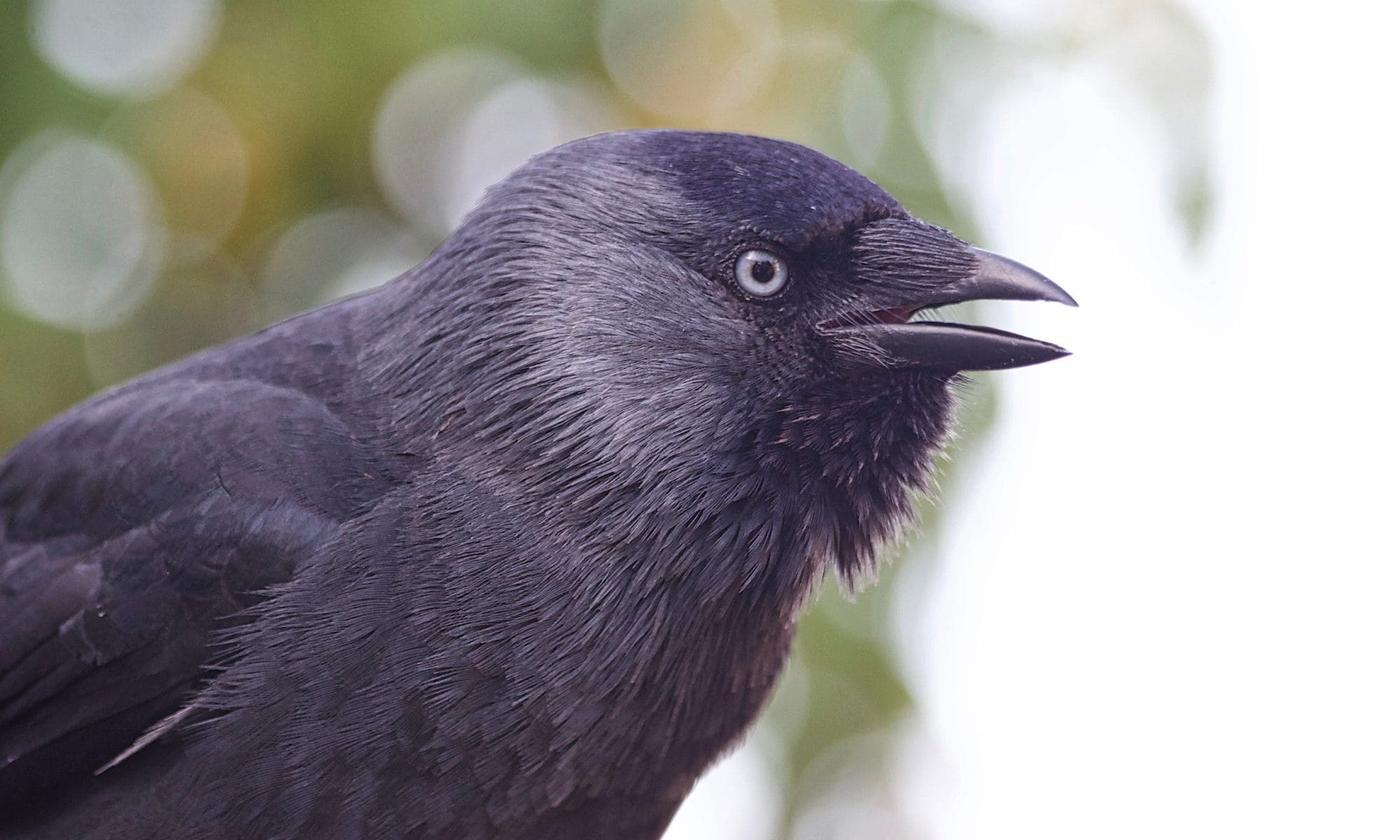Encouraged by the high volume of incoming queries, messages and emails, it seemed to be a good idea and not too late for another blog post to address first aid and emergency care measures, which are likely to be relevant for all native rescue bird species including corvid nestlings and fledglings.
Rook Laniakea – An Obituary
Laniakea came to us as an adult rook in Spring 2017. We did not know for sure how old she was when she arrived. However, it was very obvious to us that Laniakea was already an experienced and mature rook. When we rescued her, it became immediatly apparent that she would never be releasable. This thought was deeply troubling, in particular as it was very likely that Laniakea had a partner, who was waiting for her. Her arrival came with a big shock too, as she had suffered horrendous injuries to her leg, most likely caused by a spring trap. Laniakea had to undergo surgery, but recovered very well from her leg amputation.
How To Prevent Trichomoniasis Or Canker
Canker is caused by a flagellate protozoan and is also known as trichomoniasis, roup or frounce. It is not transmittable to humans or other mammals, but can be caught by other birds that share the same water, eat seed dropped by an afflicted bird, or through direct beak-to-beak contact. The organism Trichomonas gallinae lives in the sinuses, mouth, throat, oesophagus and other organs. This disease occurs worldwide in warm climates or during warm weather.
Treating Animals With The Respect They Deserve
Being sentient means to have the capacity to have positive and negative experiences, such as feeling pain and pleasure. This applies at the very least to all animals with centralised nervous systems. Sentient beings have their very own unique personalities. We should refer to them as “he/she”, “them/they” or by species. The words “it” or “thing” should not be used to refer to an animal, and “who” is used rather than “that”. If you do not know the gender, then choose one: “he” or “she”. Even if your gender choice is wrong, it is more respectful than “it”. This is an important way of demonstrating the respect we ask others to afford all animals.
Continue reading “Treating Animals With The Respect They Deserve”
Why Should We Help Non-Human Animals?
Editor's note: An updated and republished version of this blog post is available by following the link below. How To Treat A Sentient Being With Respect (Republished)
Before we look at possible answers, we should try to establish an ethical baseline we all can agree on and work with. Most but not all people will accept that it is wrong to intentionally inflict harm onto others with the exception of acting in self defence. Intentionally harming other people is morally seen not acceptable. Violence is generally not regarded as normal behaviour, as it obviously can cause harm. It seems natural to most of us to help others, who have been harmed or are about to be harmed. But what drives us to help? And where does empathy and compassion come from?
Continue reading “Why Should We Help Non-Human Animals?”





